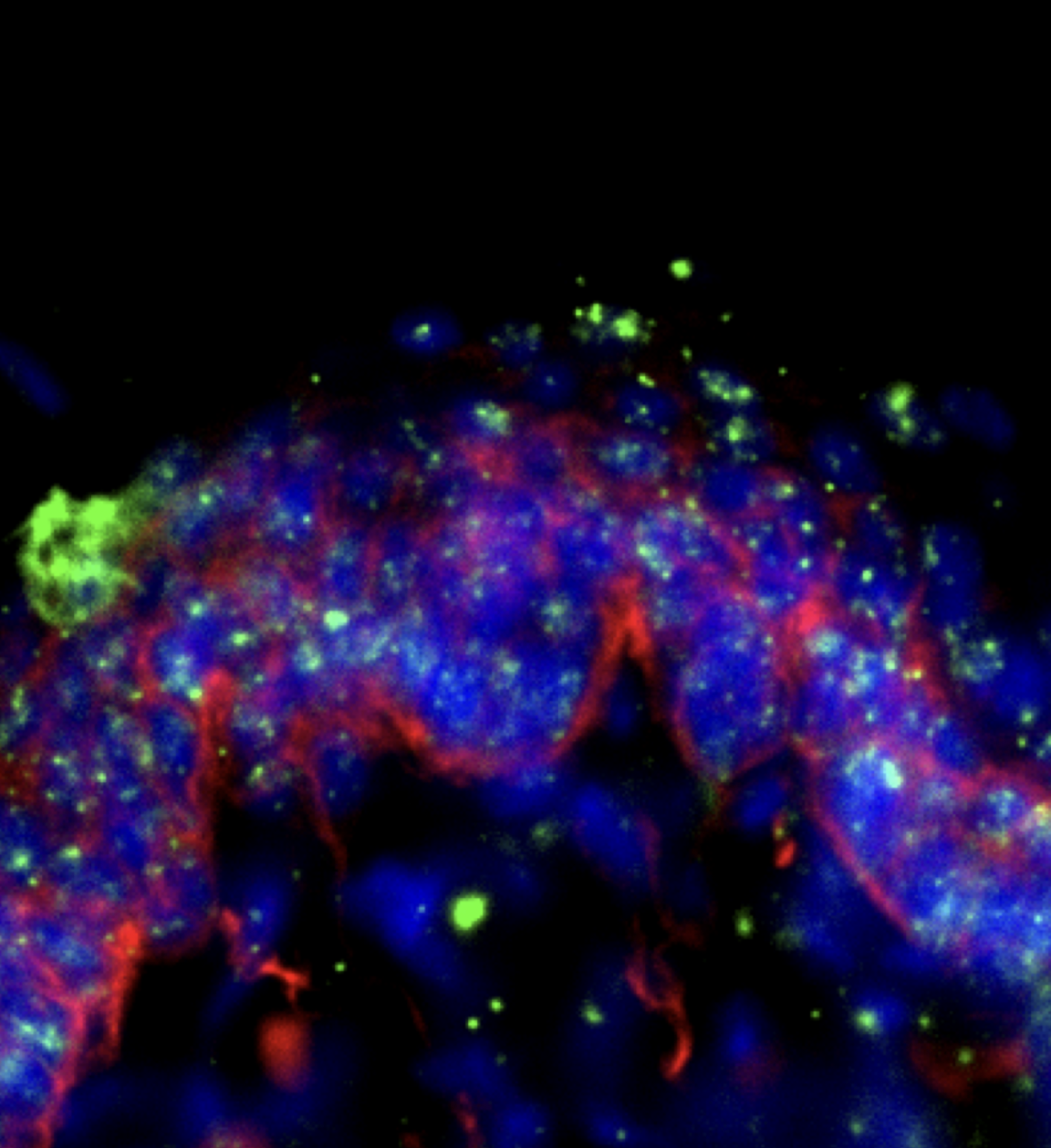Despite the prevalence of opioid misuse, opioids remain the frontline treatment regimen for severe pain. Unfortunately, opioid side-effects such as tolerance, dependence, and reward promote the development of opioid use disorders (like addiction) and ultimately cause overdose deaths.
Prescription opioids target μ-opioid receptors, whose downstream signaling partners intertwine with other pathways to cause side effects. This presents an important challenge: How can we separate opioids’ beneficial properties from those that are detrimental? Therefore, a critical objective of the Puig lab is to make opioids safer by uncoupling cellular and molecular mechanisms that selectively mediate analgesia from those that mediate side-effects. To achieve this, our research will improve our understanding of the molecular mechanisms and neural networks that selectively cause opioid side-effects.
The Puig lab uses a combination of multidisciplinary techniques, including rodent behavioral pharmacology, rodent genetics and optogenetics, biochemistry, molecular biology, proteomics, single nuclei transcriptomics, multiplex immunohistochemistry and in situ hybridization, tissue imaging microscopy, cell culture and live-cell microscopy. We are also expanding and working on implementing spatial biology techniques as well as high resolution/high speed live cell microscopy to study molecular mechanisms of opioid signaling in vivo and in vitro.
The Puig lab is currently recruiting motivated scientists at all levels, including Postdoctoral Associates, Research Technicians, and Staff Scientists.
Please reach out to learn more about our exciting research.
Our Research Contact Us
